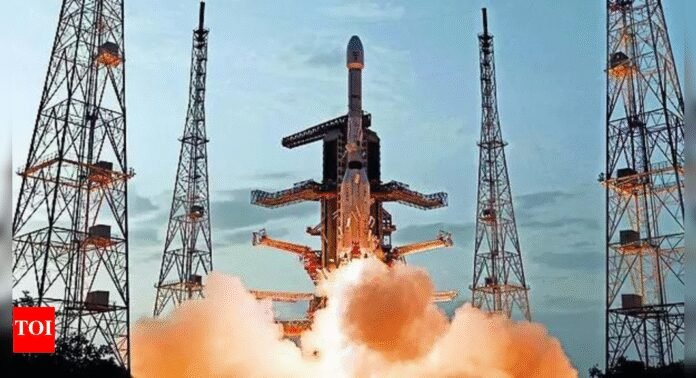BENGALURU: India’s third satellite launch pad at the Satish Dhawan Space Centre in Sriharikota is slated to be fully operational only by March 2029, according to the Department of Space. The ambitious project, seen as critical to the country’s growing space programme, is progressing through key milestones following financial sanction earlier this year.The new facility, referred to as Third Launch Pad (TLP), will serve as the primary site for launching India’s upcoming Next Generation Launch Vehicle (NGLV) and act as a backup for existing heavy-lift vehicles such as LVM3, according to the Department of Space (DoS)The construction timeline includes completion of civil works by May 2028, installation of fluid systems and propellant storage by July 2028, and establishment of launch pad systems by Sept 2028, before full commissioning in March 2029.As per DoS, surveys and geotechnical studies were wrapped up by May this year, and tender evaluations for infrastructure works are currently underway. The project is being broken into multiple work packages, with an emphasis on partnering with Indian private players and MSMEs in line with Make in India and self-reliance goals.The need for a third pad has long been flagged by space officials, especially as Isro prepares for human spaceflight under Gaganyaan, continued Moon missions under the Chandrayaan programme, and future operations involving Indian astronauts.Former Isro chairman S Somanath had earlier told TOI that while the second launch pad has been retrofitted for LVM3 and Gaganyaan launches, the risk of a single-point failure remains. “If something happens to the second pad, all heavy launches would grind to a halt,” he had said, batting for TLP.The first launch pad, originally built for the PSLV, is incompatible with cryogenic and semi-cryogenic engines used in newer rockets. The upcoming NGLV, expected to stand 91 metres tall — more than double the height of LVM3 — will also require an entirely new infrastructure due to its significantly higher thrust, new propellant needs, and jet deflection characteristics.Rajarajan A, former director, Satish Dhawan Space Centre (SDSC) — the spaceport in Sriharikota — who took charge as director Vikram Sarabhai Space Centre (VSSC) on Aug 1, had earlier stressed on the importance of TLP in accommodating the size and complexity of future rockets.He had told TOI that while existing launch pads are being modified for near-term Gaganyaan missions, only a new pad can fully support India’s next-gen space goals. Once operational, the TLP is expected to become the linchpin of India’s deep space missions, including space station deployment and lunar landings.









